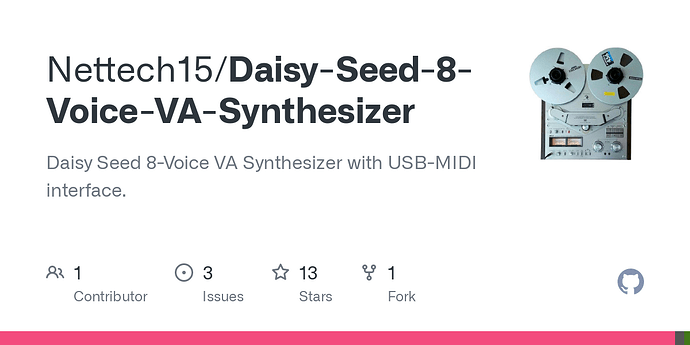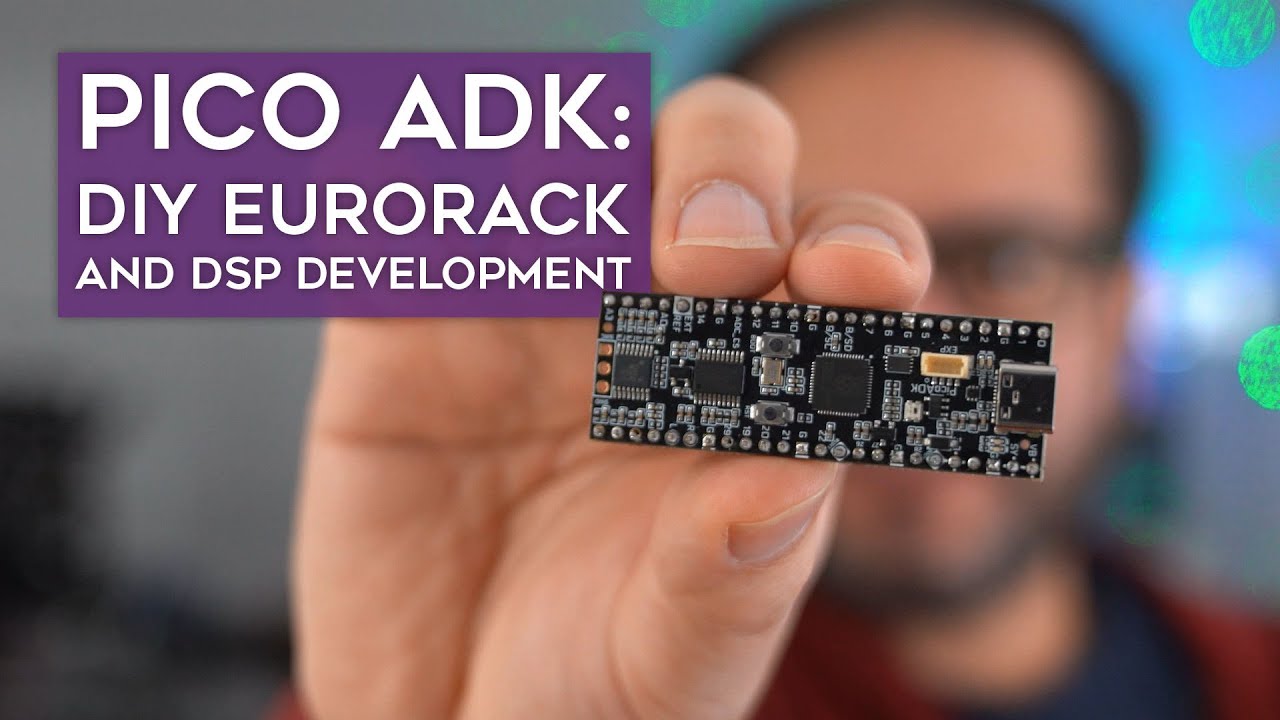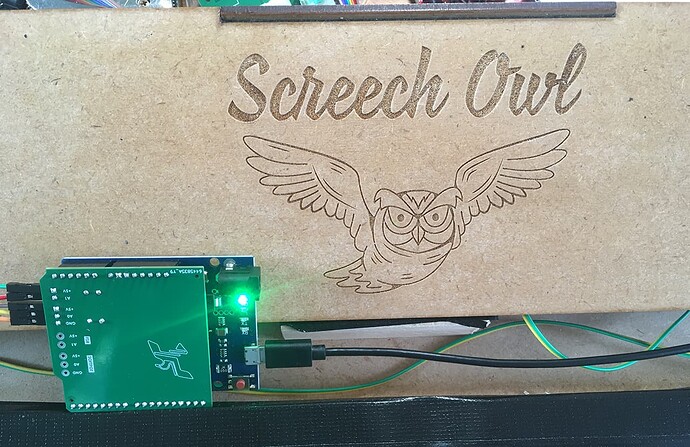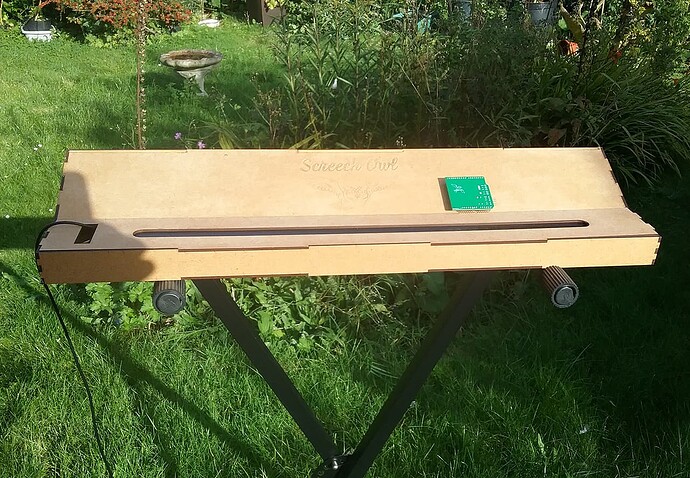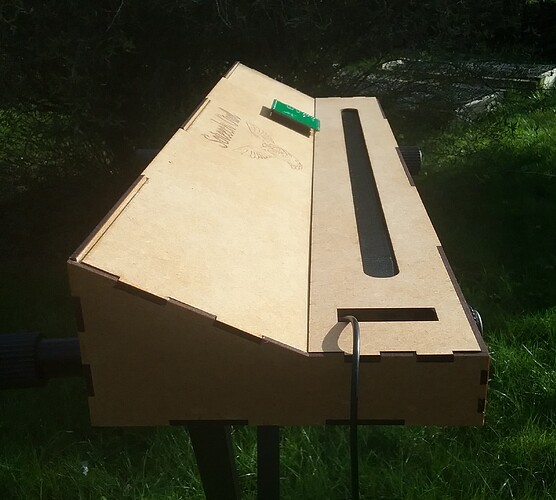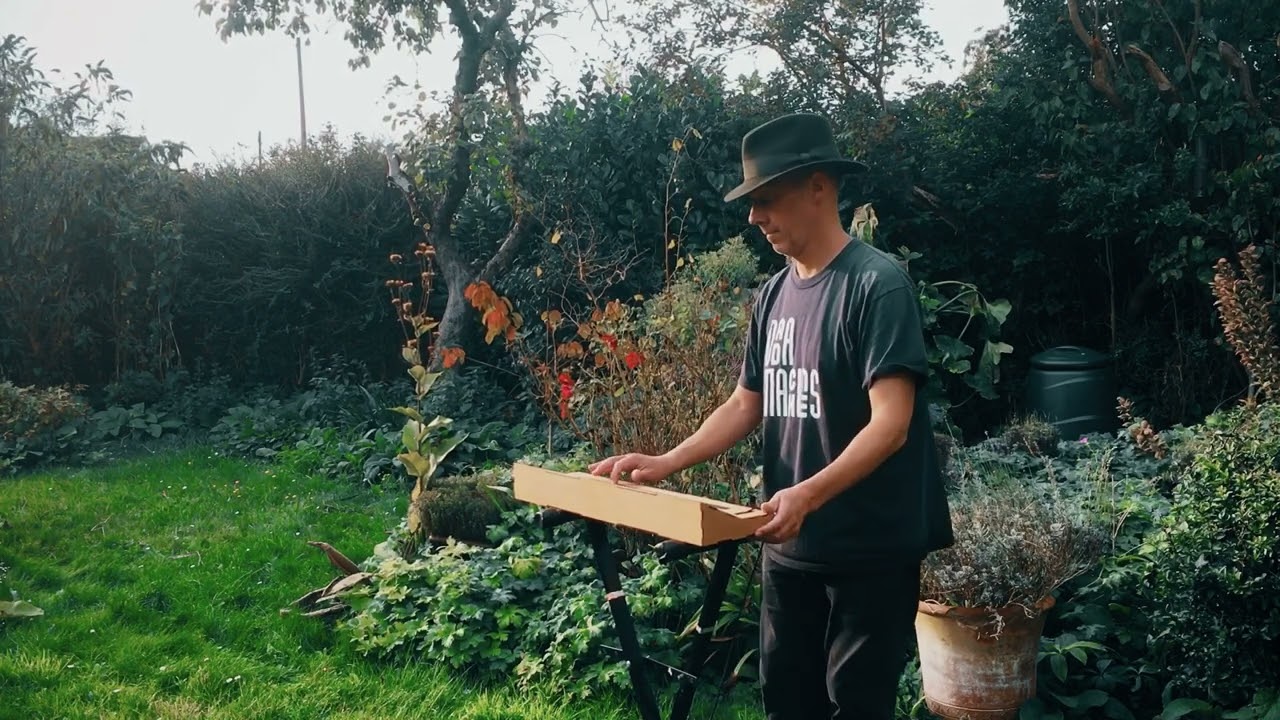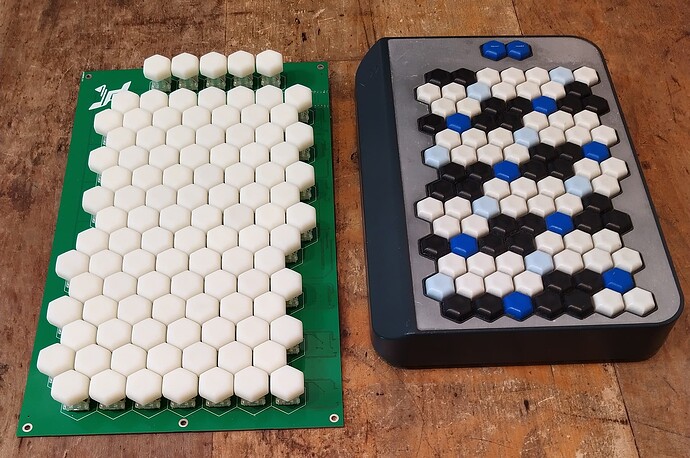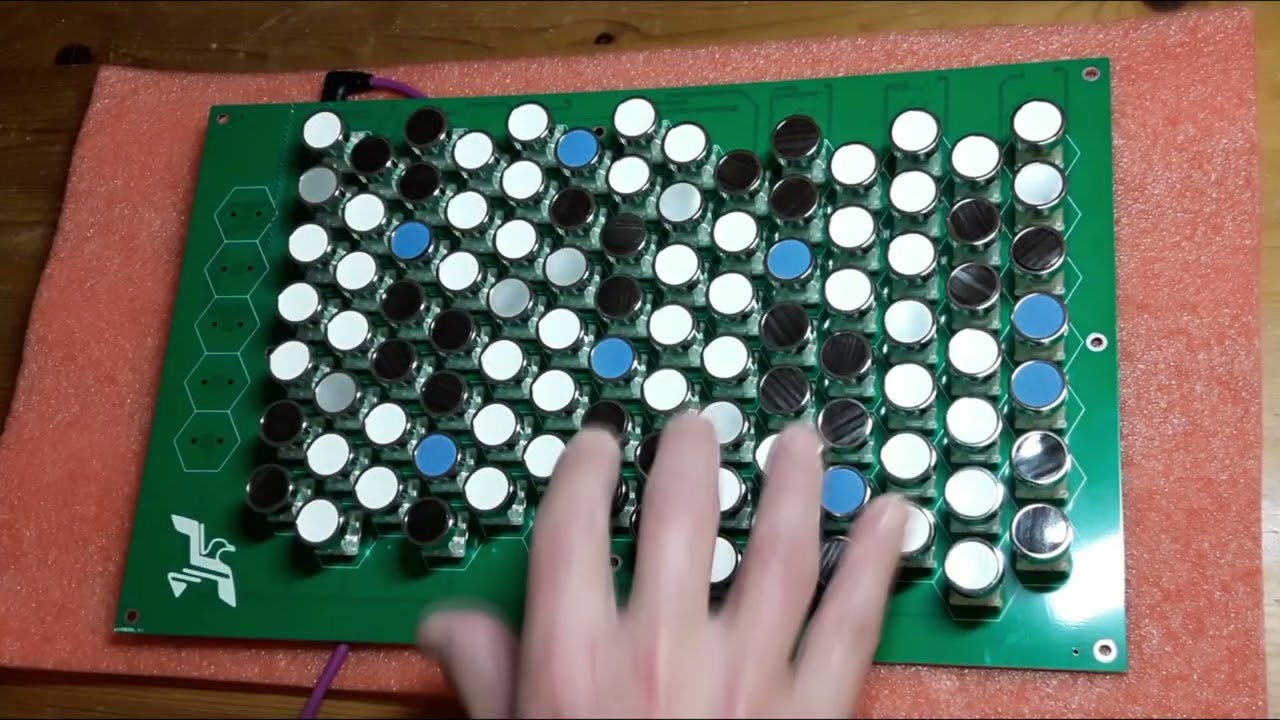that’s not true… EigenLabs did the same, as did Electra One.
and that’s just two products that Ive personally had some involvement with, there have been others ![]()
i’ts not uncommon, but we cannot ‘expect it’… developers, rightly, choose if they want to make their code open source or not, based on many factors… sometimes that decision will change over time, other times not.
for sure, Id like to see more devs at least open source code once the product life cycle is ended, but as anyone in dev will tell you… the code used for one product often still exists in some form or another into the new product … so hence the ‘fear’ of IP remains.
anyway, this is why I talk/work with devs in products im interested in, and talk to them about open source possibilities, and listen to their concerns, and see if there are viable options… its an important dialog, one that has to be done with understanding on both sides.
zrna akso
I’ve not been following closely, but I believe this product is pretty much also dead, or at least finished (it may always have been a limited run?)
perhaps @mtyas has been following it?
I will say there are some others trying to create a new board…but Ive not been following that.
the axolotl forum is pretty unreliable these days (due to issues I, as a mod, cannot resolve) , so it looks like the active discussion has move to lines
can any of the new variant succeed?
perhaps… perhaps not.
the issue is quite simply, its a large project to undertake.
its one thing to design/build a new hardware board, and to create the firmware for it.
but understanding the UI code, and its interaction with the hardware is also pretty complex.
also the current state of the code base is a bit difficult, do you go back to the stable version or try to pick up and fix the ‘development’ version - that is hard to judge if you were not involved in the project.
… and this comes from someone (me) who was involved deeply with the project.
Id love it to succeed, to move forward, but its a big ask.
especially, when its going to take a lot of effort, and there is no money in it to help fund it (you just won’t well enough new boards)
sidenote: axoloti creation was partially funded by an arts program, and it still probably never made Johannes any money… rather more likely it broke even (assuming you ignore alot of the time spent on development!) .
don’t get me wrong, I love axoloti, but I just can’t see without some commercial footing how it can thrive… its a shame, as it did have quite a niche.
but as per my video, there are some alternatives, which are getting on going support.
